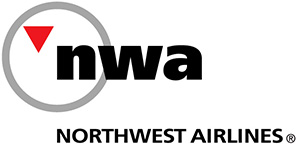Flights to Minneapolis-St. Paul
Minneapolis–Saint Paul metropolitan area is home to 3.9 million residents living around the Mississippi, Minnesota and St. Croix rivers in east-central Minnesota.
In the “Land of 10,000 Lakes”, metropolitan Minneapolis-St. Paul has 22 of them. Five miles from downtown Minneapolis is the Chain of Lakes Regional Park, including Cedar Lake, Lake of the Isles, Lake Calhoun, and Lake Harriet, home of the city’s annual Aquatennial Festival.
Downtown Minneapolis has a world-class theater district and several architecturally significant landmarks, including the historic Stone Arch Bridge; the modern glass Minneapolis Central Library; the stunning black Guthrie Theater; and the futuristic-looking Walker Art Center.
St. Paul, the state capital, lays claim to the country’s longest preserved street of Victorian houses and buildings from the Gilded Age, Summit Avenue. It boasts several outstanding public institutions, including the Minnesota History Center, the Science Museum of Minnesota, the Minnesota Children’s Museum, and the Como Park Zoo and Conservatory.
Minneapolis is a major sports town. It is home to Target Field, the “No. 1 Baseball Stadium Experience in North America,” according to ESPN, which hosts MLB’s Minnesota Twins. Other pro teams include the NFL’s Minnesota Vikings who play at U.S. Bank Stadium; MLS’s Minnesota United at TCF Bank Stadium (and are scheduled to move to Allianz Field in 2019); and the NBA’s Minnesota Timberwolves and WNBA’s Minnesota Lynx at Target Center.
St. Paul is home to the state’s NHL team, the Minnesota Wild, who play at the Xcel Energy Center.


After 90 years, the legacy lives on. Former hub of Northwest Airlines,
book a flight to MSP with Delta.